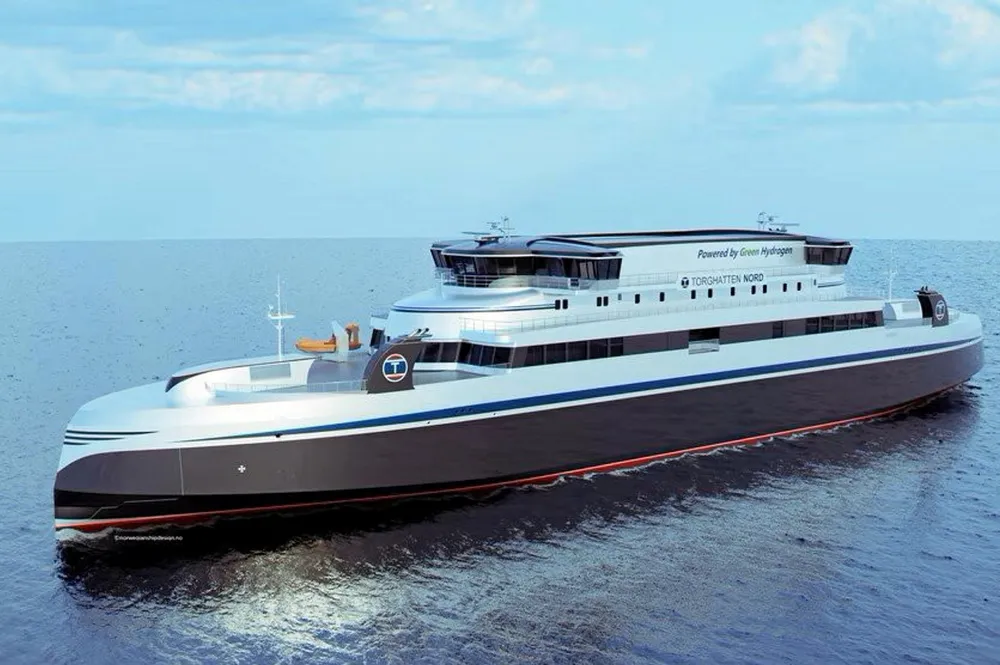Ferry company orders world's largest hydrogen-fuelled ships, each capable of carrying 120 cars
The two new vessels will operate on Norway’s longest ferry route, using locally produced green H2 to power giant 6.4MW fuel cells

The two new vessels will operate on Norway’s longest ferry route, using locally produced green H2 to power giant 6.4MW fuel cells
